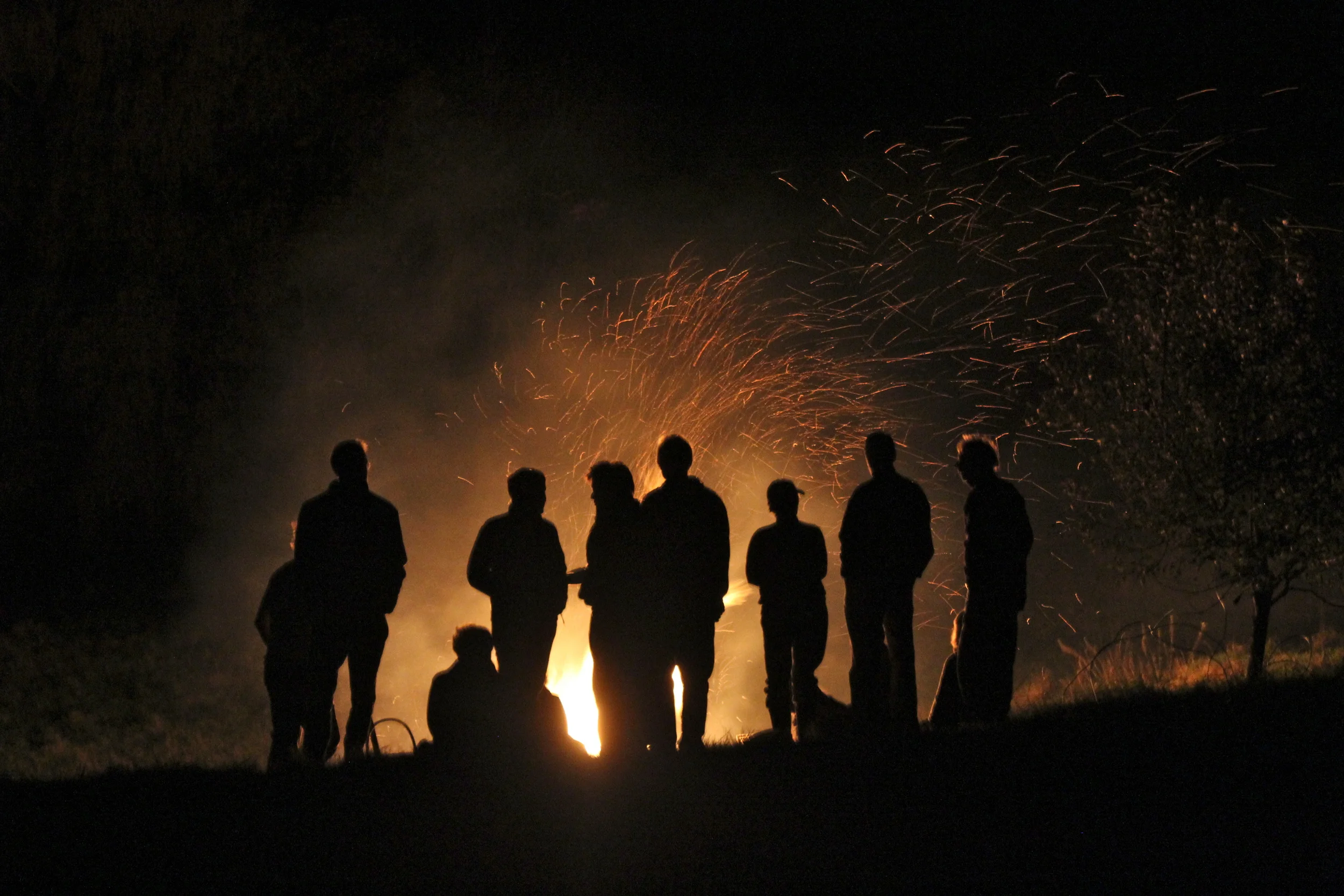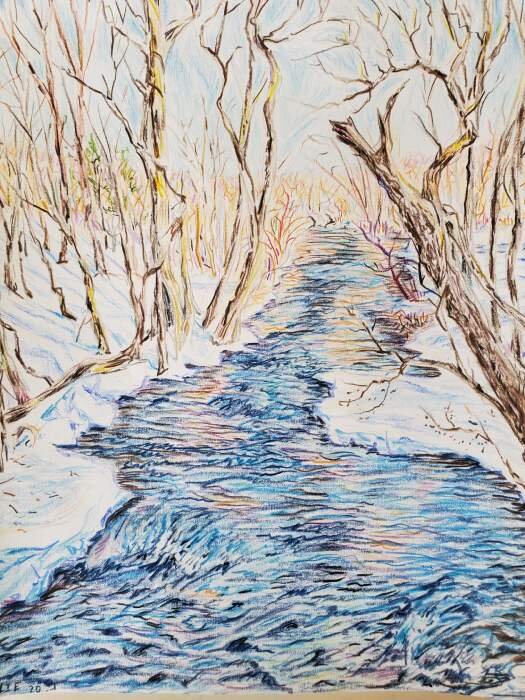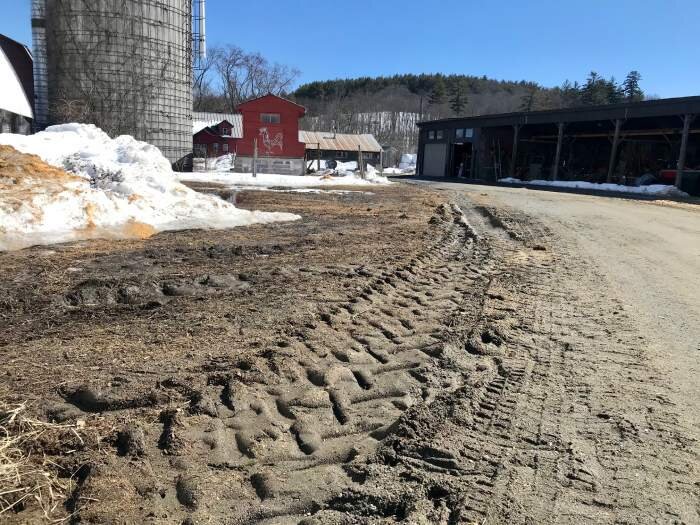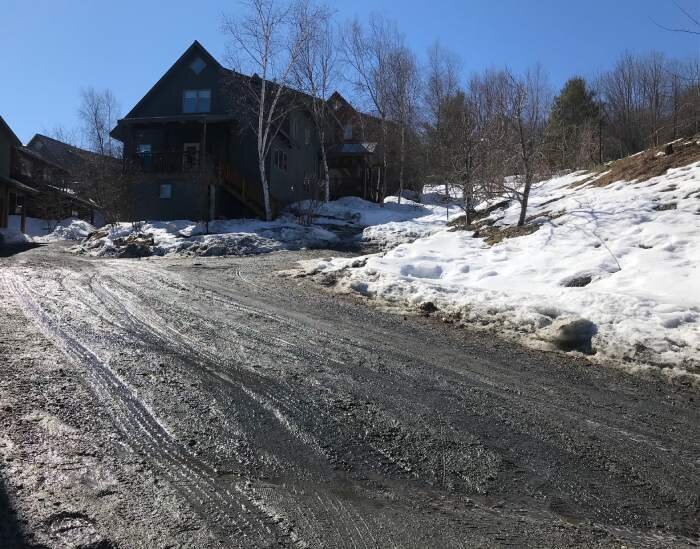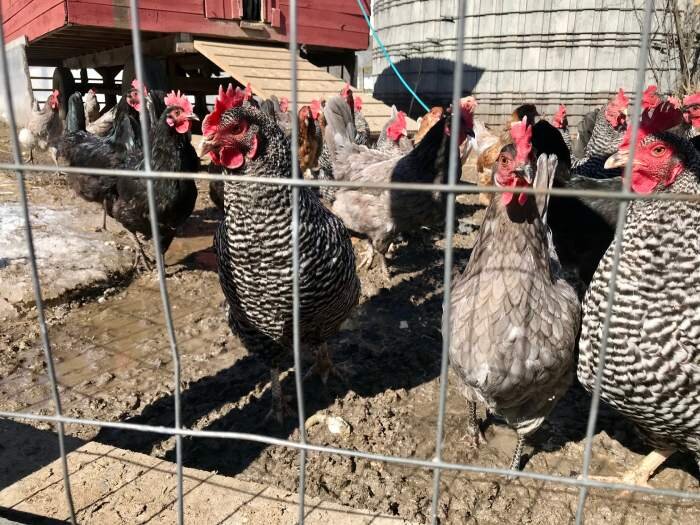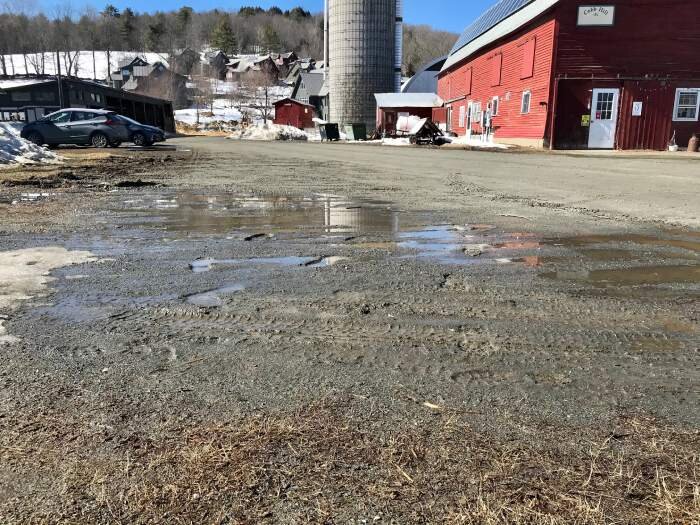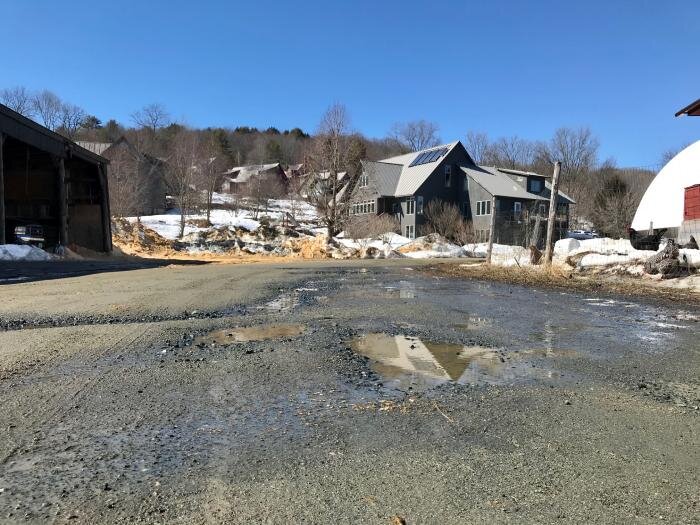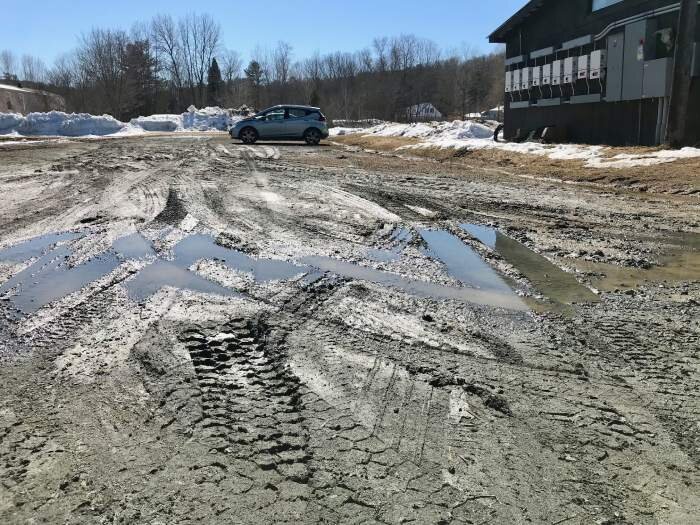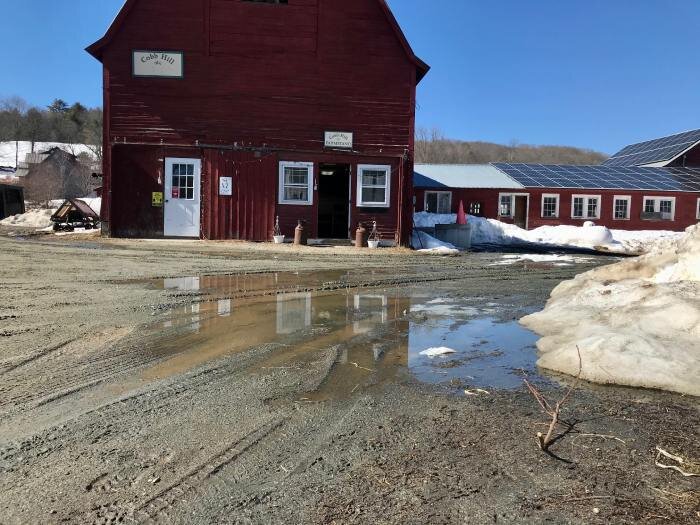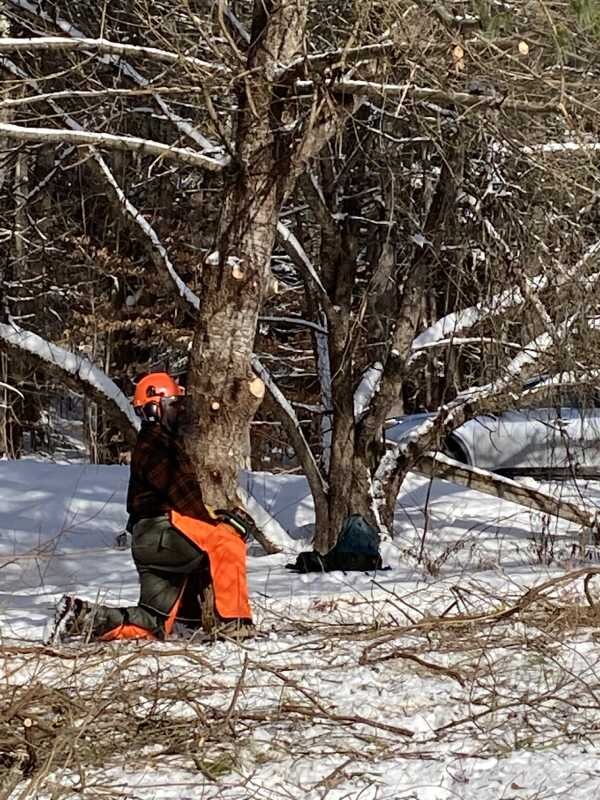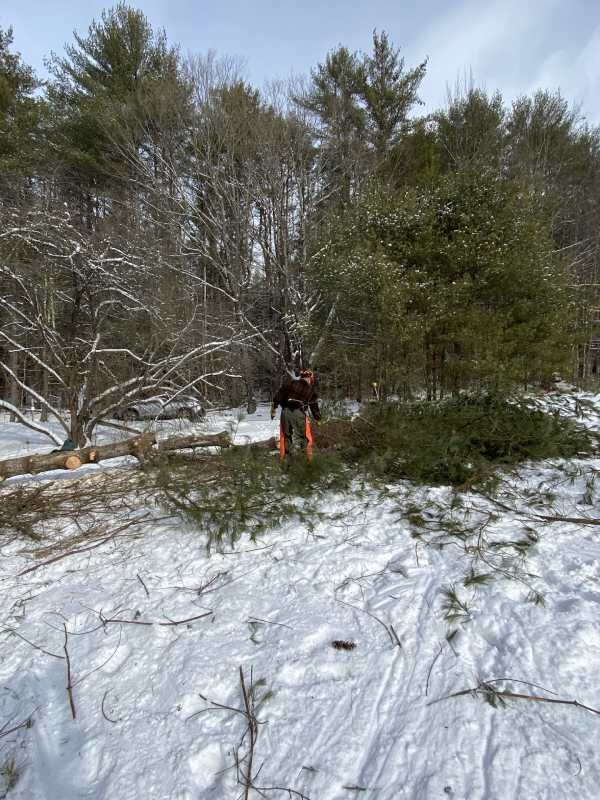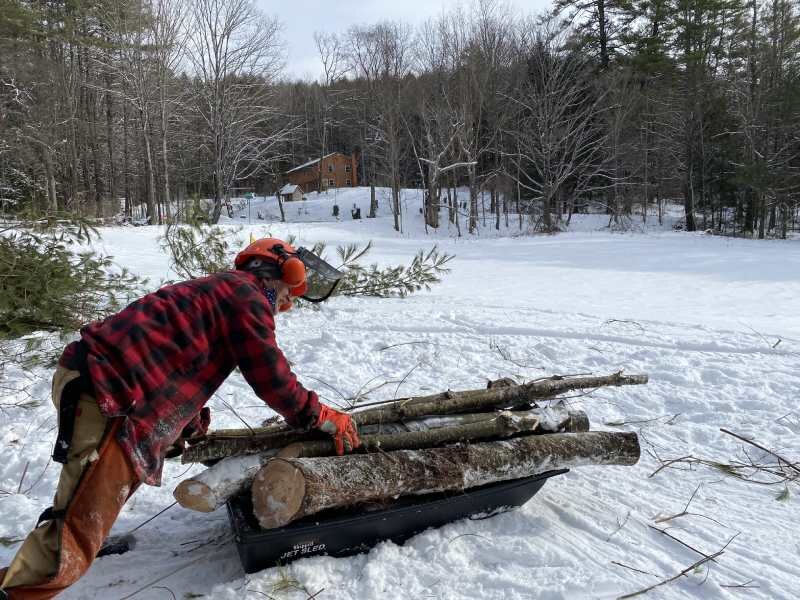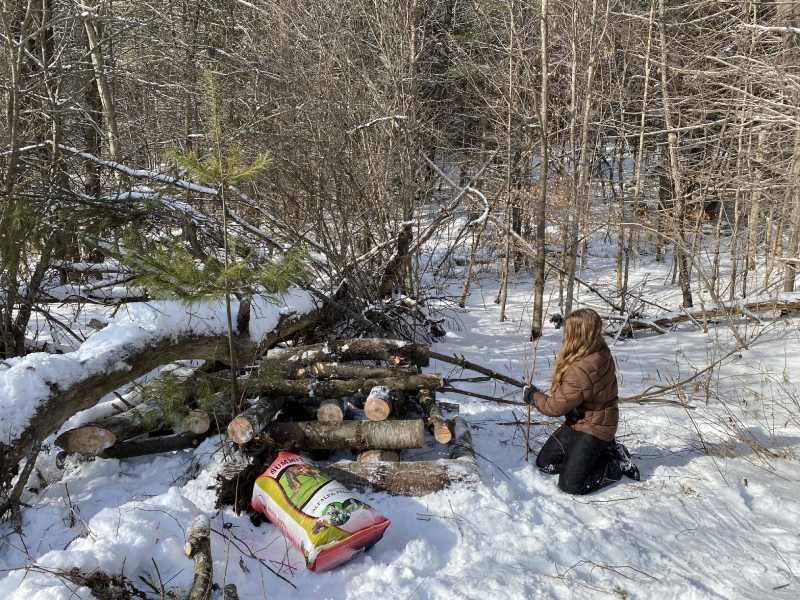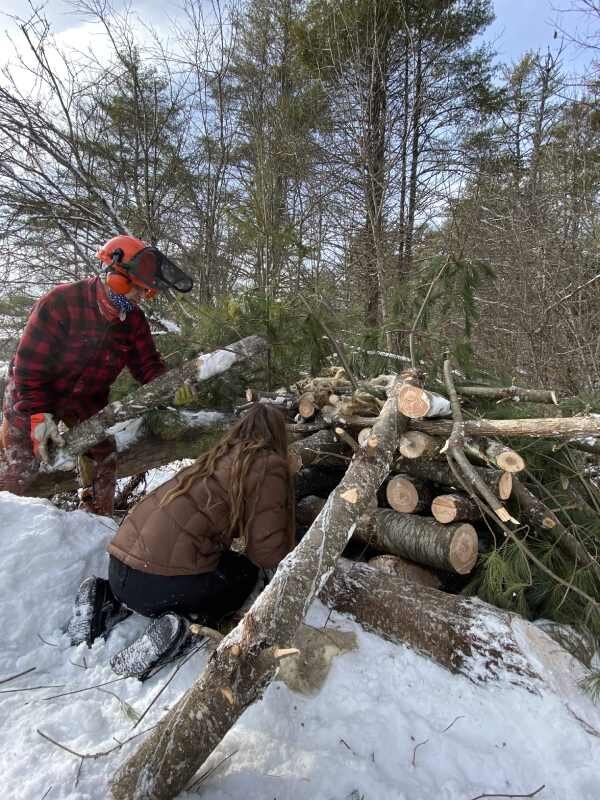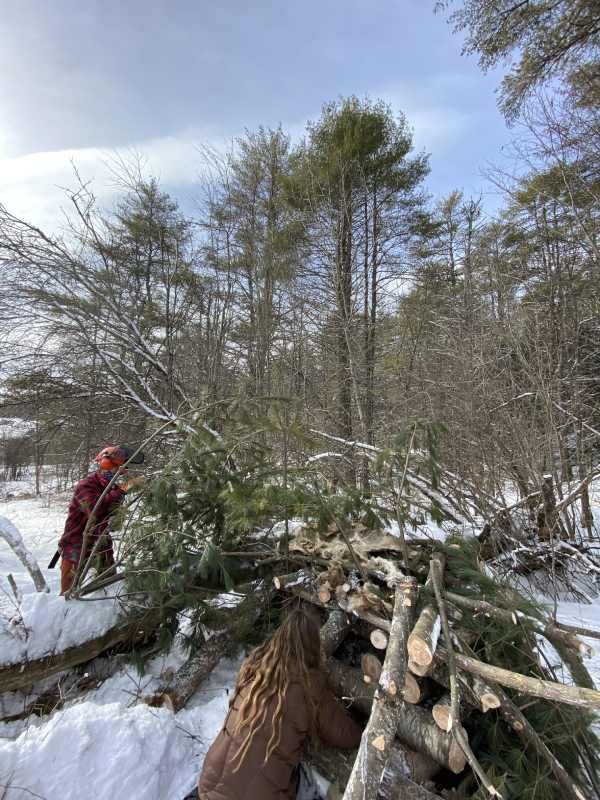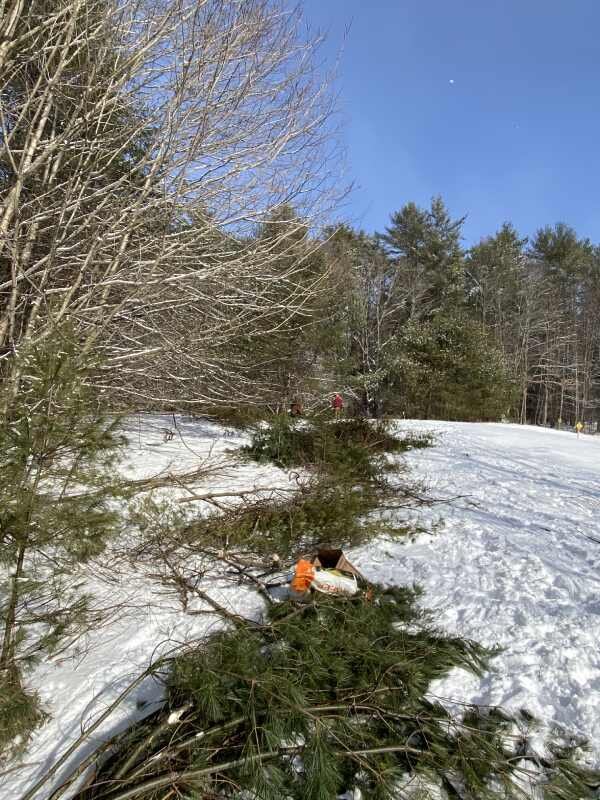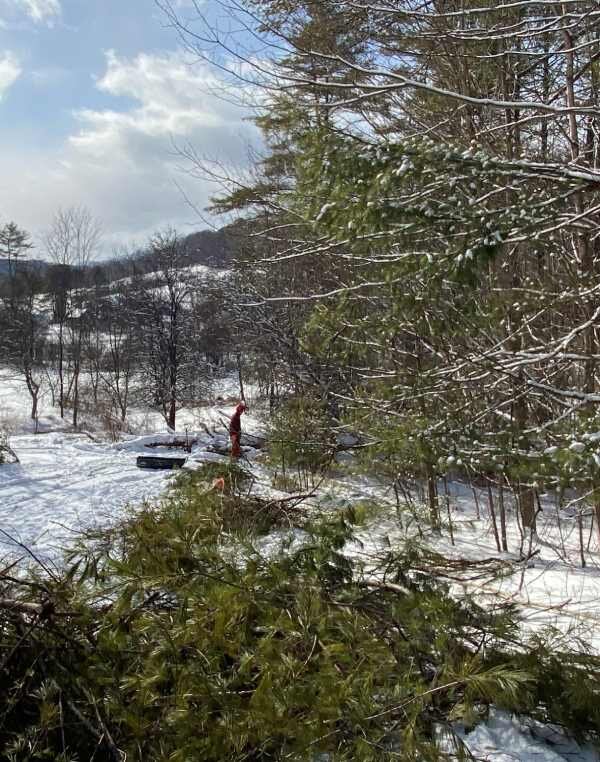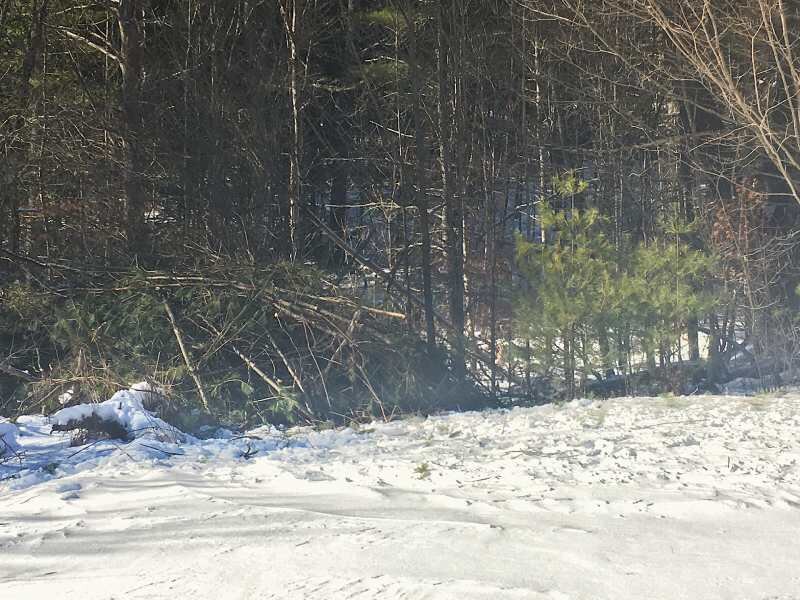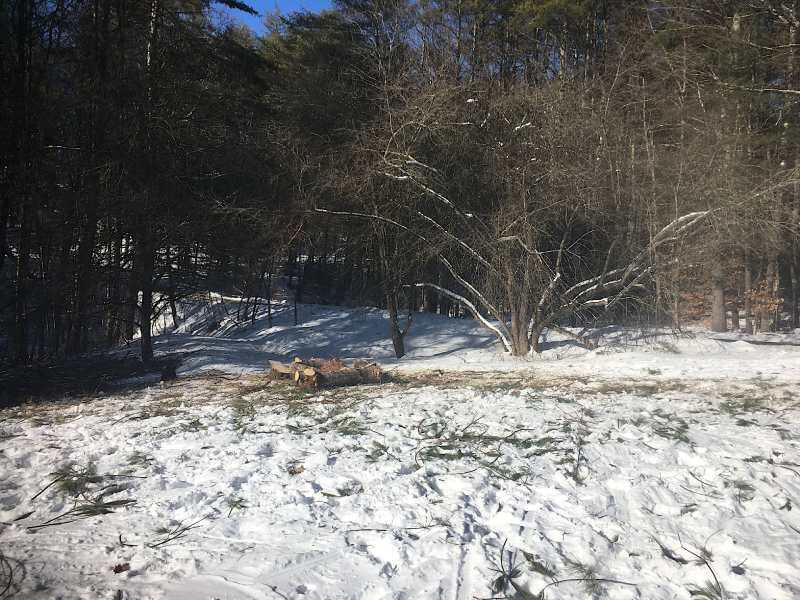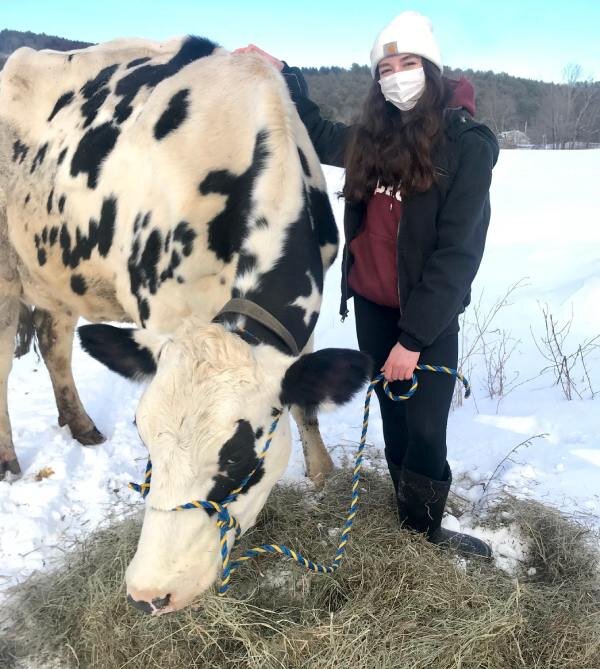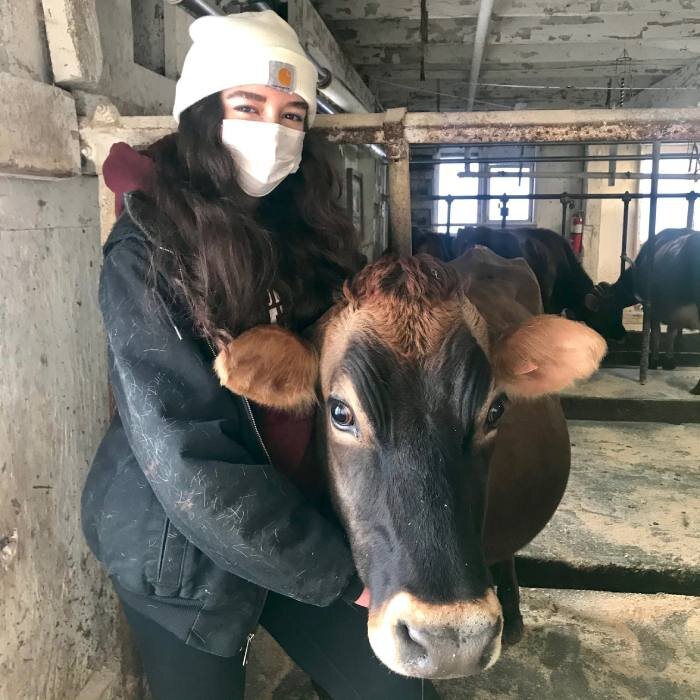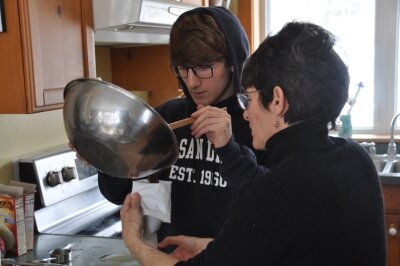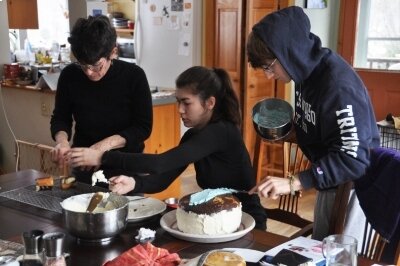by Sandy
Cobb Hill now has its very own Valley Quest - the Donella Meadows Quest!
You may be wondering - what is a Valley Quest? Well, the Valley Quest Program is a 25 year old program of the non-profit Vital Communities that offers over 160 Quests throughout the Upper Valley. These Quests are opportunities to bring us into special places, may they be historical, environmental, or cultural gems of our region. Following educational clues, you will learn about the place you are in and you will find a treasure box at the end. You can collect stamp impressions from the unique hand carved stamps in each box and sign-in to the log books you find in the boxes. All the Quests are found on the Vital Communities website.
The Donella Meadows Quest, one of the Quests featured in this year's Climate Connections Super Quest, starts at the kiosk in front of the farm stand. It takes you by the welcome garden, to the greenhouse and market gardens. Then back by the barn and up to our public walking trail that takes you to Dana's bench at the top of one of our pastures before coming back down to find the treasure box. On the way you will learn about the many ways Cobb Hill is using practices and technologies that help the residents live lightly on the planet, emit less carbon, and adapt to climate change.
Donella Meadows was the visionary who brought Cobb Hill to life and her writings are highlighted throughout the Quest. She was one of the pioneering system thinkers, an author, and a climate activist. Her book, Limits to Growth, has inspired millions and is still used in universities today.
So check out the Donella Meadows Quest here and a Questing you will go!
